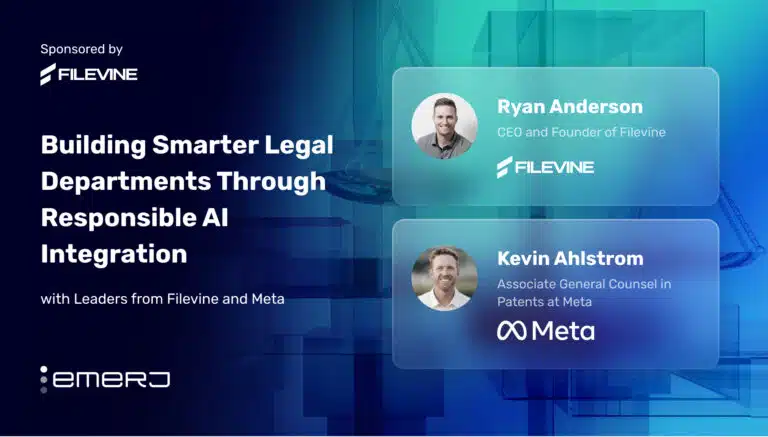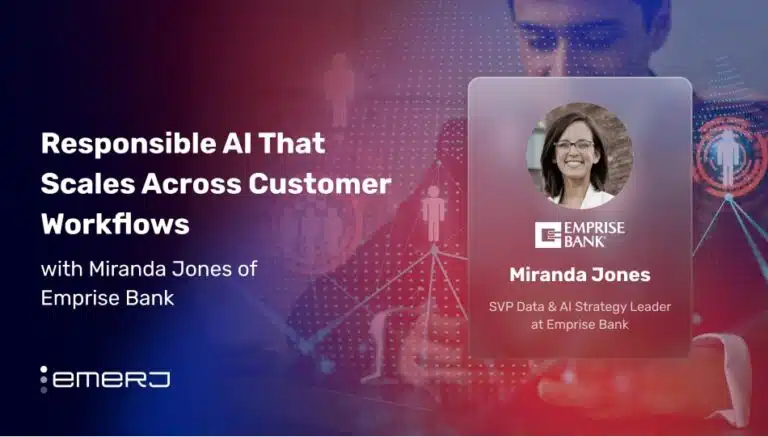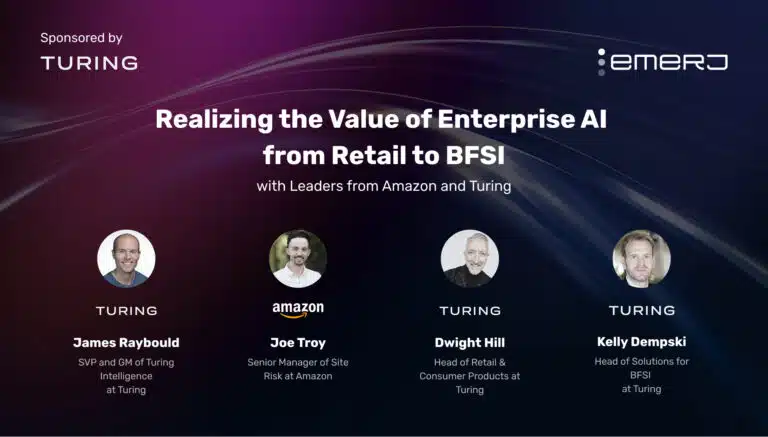Episode summary: There are many challenges to bringing AI into an enterprise for example the lack of skilled AI talent, or issues around data organization. In this week’s episode, we focus on AI adoption in the enterprise from an investor’s perspective.
We expect that founders looking to sell B2B enterprise AI-products and people in enterprises who are looking for the right qualities in an AI firm which would ease integration, would find this episode relatable. We speak with Rudina Seseri from Glasswing Ventures about what are the pain points for AI integration in the enterprise and at the other end of the spectrum, some factors that are aiding AI adoption.
Subscribe to our AI in Industry Podcast with your favorite podcast service:
Guest: Rudina Seseri, Founder and Managing Partner at Glasswing Ventures
Expertise: Economics, Entrepreneurship, Venture funding
Brief recognition: Rudina has an MBA from Harvard Business School in 2005 and went on to be appointed entrepreneur-in-residence there in 2013. She has also previously served on the board of directors for technology startups like SocialFlow and Talla in New York and Boston, before going on to found Glasswing
Big Idea
All things equal, between an enterprise automation software and an enterprise AI platform leveraging some form of learning, the AI product will always perform better. According to Rudina, AI in the enterprise today has seen successes for organizations that use AI as a differentiator to plain but robust software automation. We explore the major barriers to AI adoption in the enterprise with Rudina next.
Rudina says that although there is a high level of alertness among C-level executives in the enterprise, a majority of them view AI as an inexplicable ‘box’ and their consequent risk mitigation viewpoint is currently a barrier to adoption.
Finding high quality AI-talent like trained data scientists and machine learning experts is one of the bigger challenges. This has lead to challenges for enterprises in terms of the decision that they may need to take between choosing to hire inhouse data scientists or using a third party product, that’s already AI powered.
Business leaders in the enterprise would find it useful to note that a good place to start before adopting AI would be at pain points in marketing, sales or security. Finding the objective of the AI would be the first step to a successful integration. The keys to a successful AI interaction also depend on the right market timing, the right execution and the right team.
The ‘consumerization’ of the enterprise in term of UI/UX (expectation of executives in the enterprise for a consumer-like user experience in the enterprise) will mean that the simplified and easy to use user interfaces will be the best value proposition for AI products and will also lower the barriers to adoption.
It would help enterprise executives to view AI as a layer that can enable any facet of the business as an embedded system in most cases. Rudina predicts that although there will be stand-alone AI products for the enterprise, there will be a lot of business functions of the enterprise that may be automated in the back-end using machine learning and AI in the near future.
Interview Highlights with Rudina Seseri from Glasswing Ventures
The main questions Rudina answered on this topic are listed below. Listeners can use the embedded podcast player (at the top of this post) to jump ahead to sections they might be interested in:
- (3:19) What do you think are some of the challenges today in bringing AI integration to the enterprise?
- (7:00) What are the critical factors to adoption of the technology?
- (12.20) Do you think that the vendors of AI products haven’t had enough time to mask the complexity in the product yet? Will business executives in the enterprise with no background in AI have a simplified user experience with AI in the future?
- (13:43) What do you see as the dynamics for the AI ecosystem in Boston?
Subscribe to our AI in Industry Podcast with your favorite podcast service:
Header image credit: Adobe Stock

























